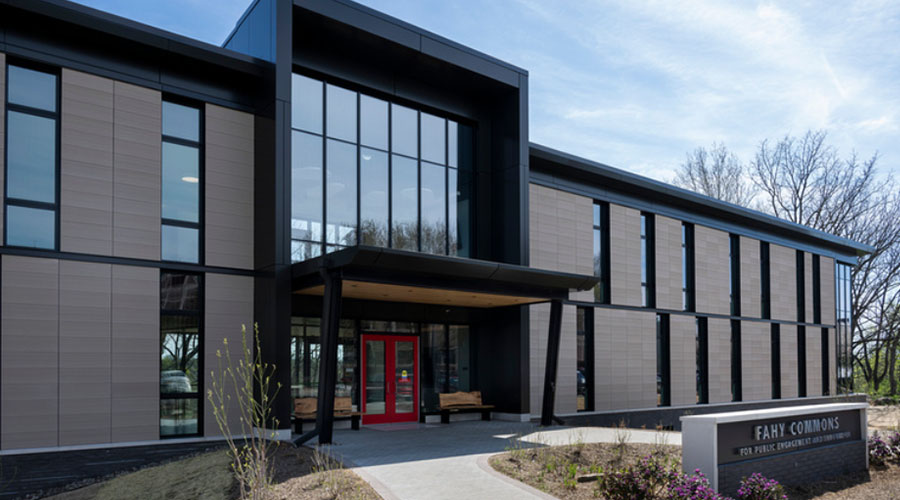Facilities With Cool Roofs Less Affected By Urban Heat Islands
Though first observed in 1810, the urban heat island effect has been demanding more attention as the climate change debate rages on. Urban areas are typically significantly warmer than surrounding rural areas — up to 8 degrees Fahrenheit warmer, according to experts. "When you look at the difference between rural and urban, you see that a lot of vegetation is replaced by primarily roofing and pavement," says Desjarlais. Buildings and building materials absorb and retain more heat compared to trees and vegetation. The heat is then radiated out, heating the air around the metropolitan area. Throw dark roofs into the mix and the temperature increase in urban areas can be dramatic.
Along with a temperature increase comes increased cooling costs. "In urban areas, you've got to run the AC that much more than in suburban areas," says Desjarlais. "One of the ways of trying to address the urban heat island is to eliminate a lot of the absorbing surfaces and replace them with reflective," he says.
Putting a cool roof on a facility will decrease your cooling costs. It could potentially also decrease your neighbor's cooling costs. If all the facilities in a city switched to cool roofing, everyone might benefit in the form of lower cooling loads.
Urban heat islands also affect air quality and pollution. The hotter it is, the more pollution is in the air, says Desjarlais. The number of days cities like Los Angeles and Houston have unhealthy air can be reduced by dropping the temperature, he says.
Ozone is one of the pollutants that has a damaging effect on human health that's greatly affected by heat, says Hitchcock. "Part of the equation for forming ozone is the amount of heat needed to drive that chemical reaction." Increased temperatures drive the reaction that turns VOCs (volatile organic compounds) and other gasses already in the air into low-level ozone.
Insulate Your Savings
Insulation is a key component of any roofing system, including cool roofs. "When you're designing an energy efficient roof, you need to use all the tools available, including insulation," says André Desjarlais, group leader of building envelopes research at Oak Ridge National Laboratories. Insulation saves both heating energy use and cooling energy use. And in the case of cool roofs, it also acts as a barrier between the roof and the interior of the building, preventing a thermal transfer of heat.
Insulation is so key to ensuring an efficient building envelope that ASHRAE 90.1 increased the required insulation levels in 2010 by 50 percent, says Desjarlais. "Along with the increase in 2007, that's a reaction to appreciating that insulation is at the core of energy savings."
— Lacey Muszynski
|
Related Topics:














